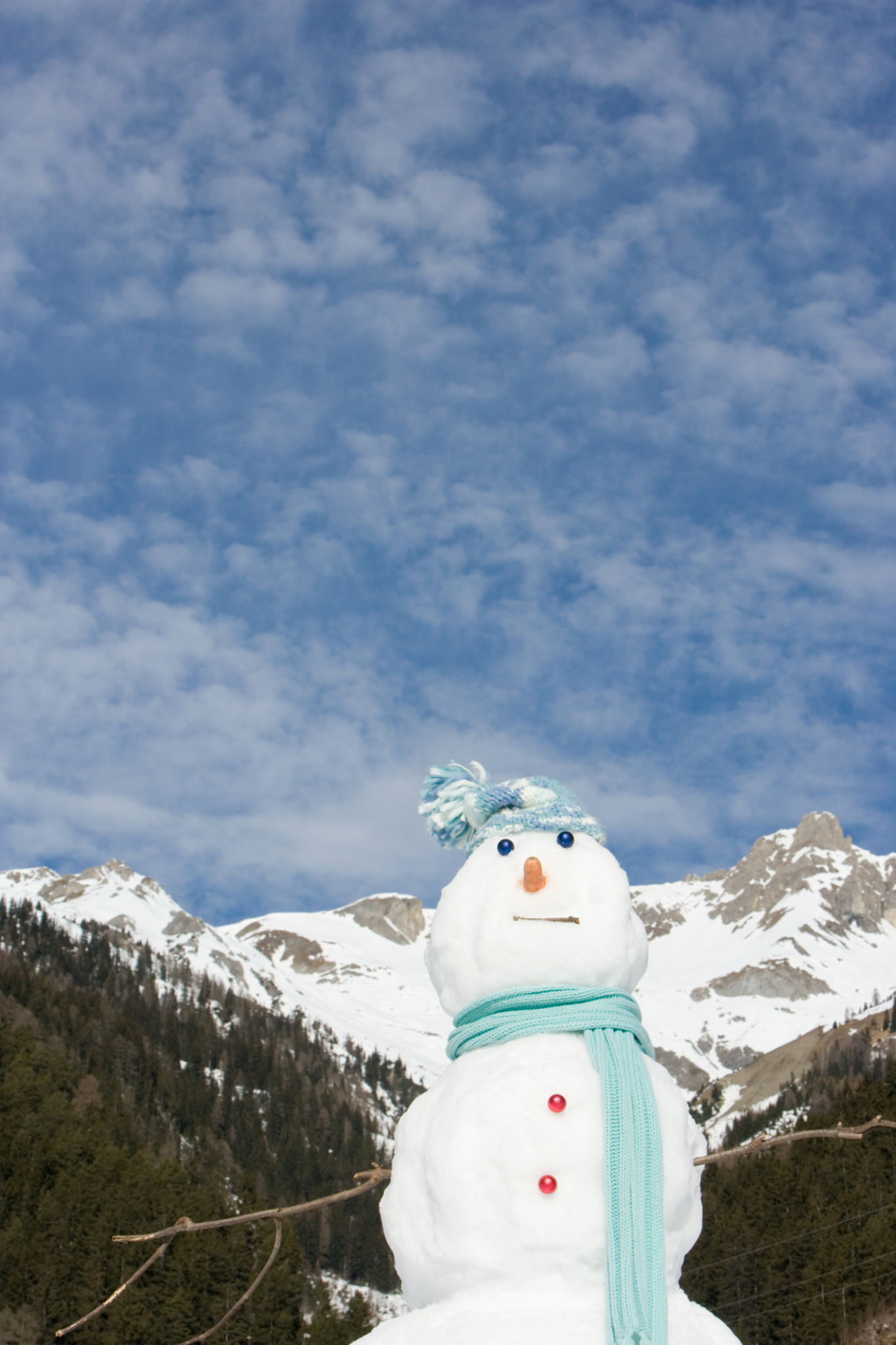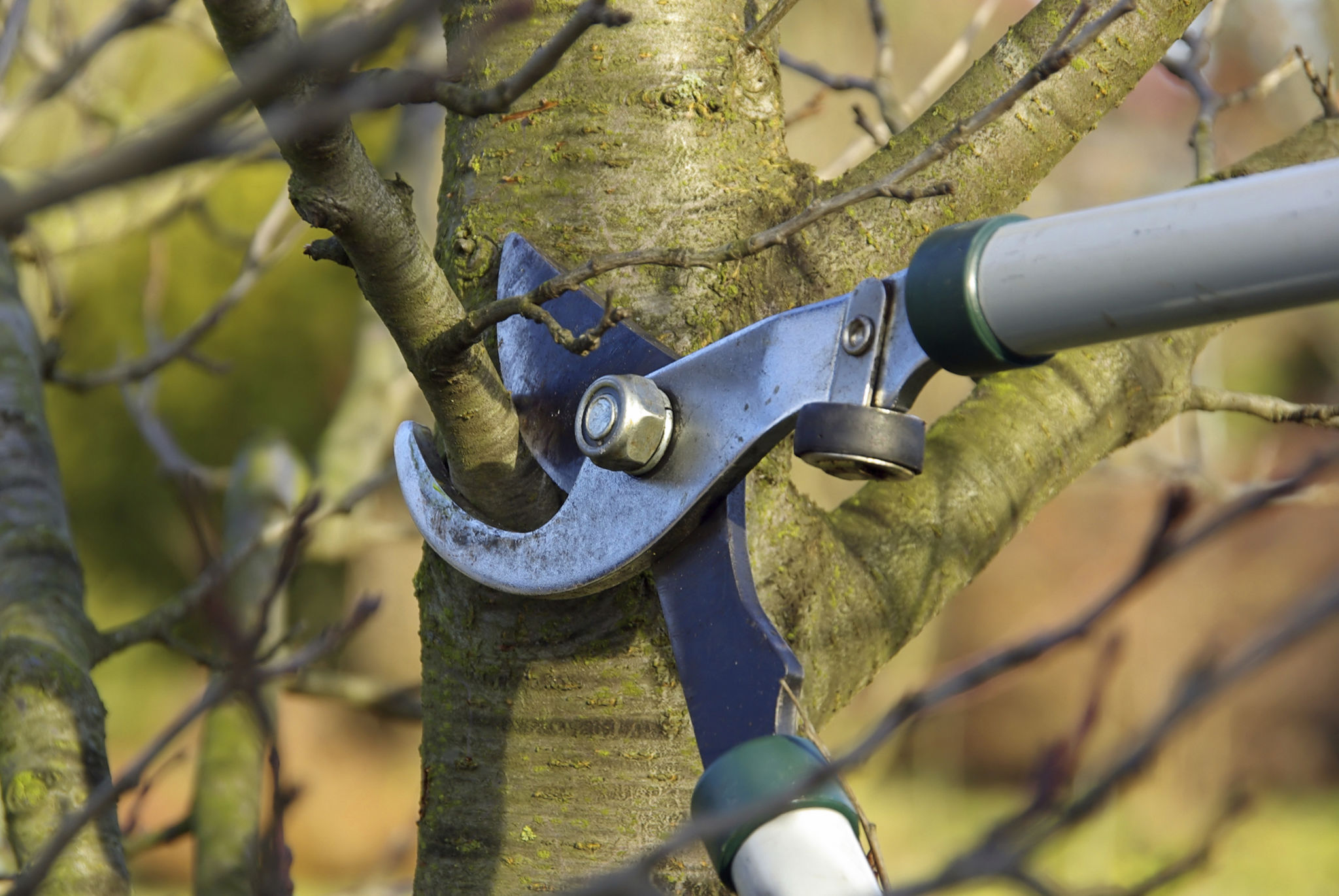Preparing Your Trees for Seasonal Changes: A Complete Checklist
Understanding Seasonal Tree Care
As the seasons change, so do the needs of your trees. Proper preparation can ensure that your trees remain healthy and vibrant throughout the year. Whether you're dealing with the harsh cold of winter or the intense heat of summer, it's crucial to adapt your tree care routine to the specific demands of each season.
Each season presents unique challenges for trees, from fluctuating temperatures to varying moisture levels. To help you navigate these changes, we've compiled a comprehensive checklist for preparing your trees for seasonal transitions. By following these guidelines, you'll be well-equipped to maintain your trees' health and beauty year-round.

Spring: A Time for Renewal
Spring is the season of growth and renewal. As trees wake from their winter dormancy, they require specific care to support new growth. Start by inspecting your trees for any winter damage. Look for broken branches, signs of disease, or pest infestations that may have occurred during the cold months.
Pruning and Mulching
Prune dead or damaged branches to encourage healthy growth. This is also a good time to add a fresh layer of mulch around the base of your trees. Mulching helps retain moisture and suppresses weed growth, providing a healthier environment for your trees.

Summer: Managing Heat and Drought
Summer brings increased temperatures and, in many areas, less rainfall. During this time, it's important to ensure that your trees receive adequate water. Deep watering is recommended to encourage deep root growth, which helps trees withstand dry conditions.
Pest and Disease Control
Warm weather can also lead to an increase in pests and diseases. Regularly inspect your trees for signs of infestation or infection. Using organic pesticides or introducing beneficial insects can help manage these issues naturally.

Fall: Preparing for Dormancy
As fall approaches, it's time to prepare your trees for the dormant winter months. Begin by cleaning up fallen leaves and debris from around the base of your trees. This reduces the risk of fungal diseases that thrive in decaying matter.
Fertilization and Watering
Consider applying a slow-release fertilizer to provide essential nutrients that will support your trees through the winter. Continue watering as needed, especially during dry spells, to keep roots healthy until the ground freezes.

Winter: Protecting Against Cold
Winter can be harsh on trees, particularly those that are young or newly planted. Protect your trees by wrapping trunks with burlap or tree wraps to prevent frost cracks and sunscald.
Snow and Ice Management
If heavy snow or ice is expected, gently remove accumulations from branches to prevent breakage. Be cautious not to damage the bark in the process.
By following this seasonal checklist, you can help ensure the health and longevity of your trees throughout the year. Proper preparation not only enhances their beauty but also strengthens their resilience against environmental stressors.